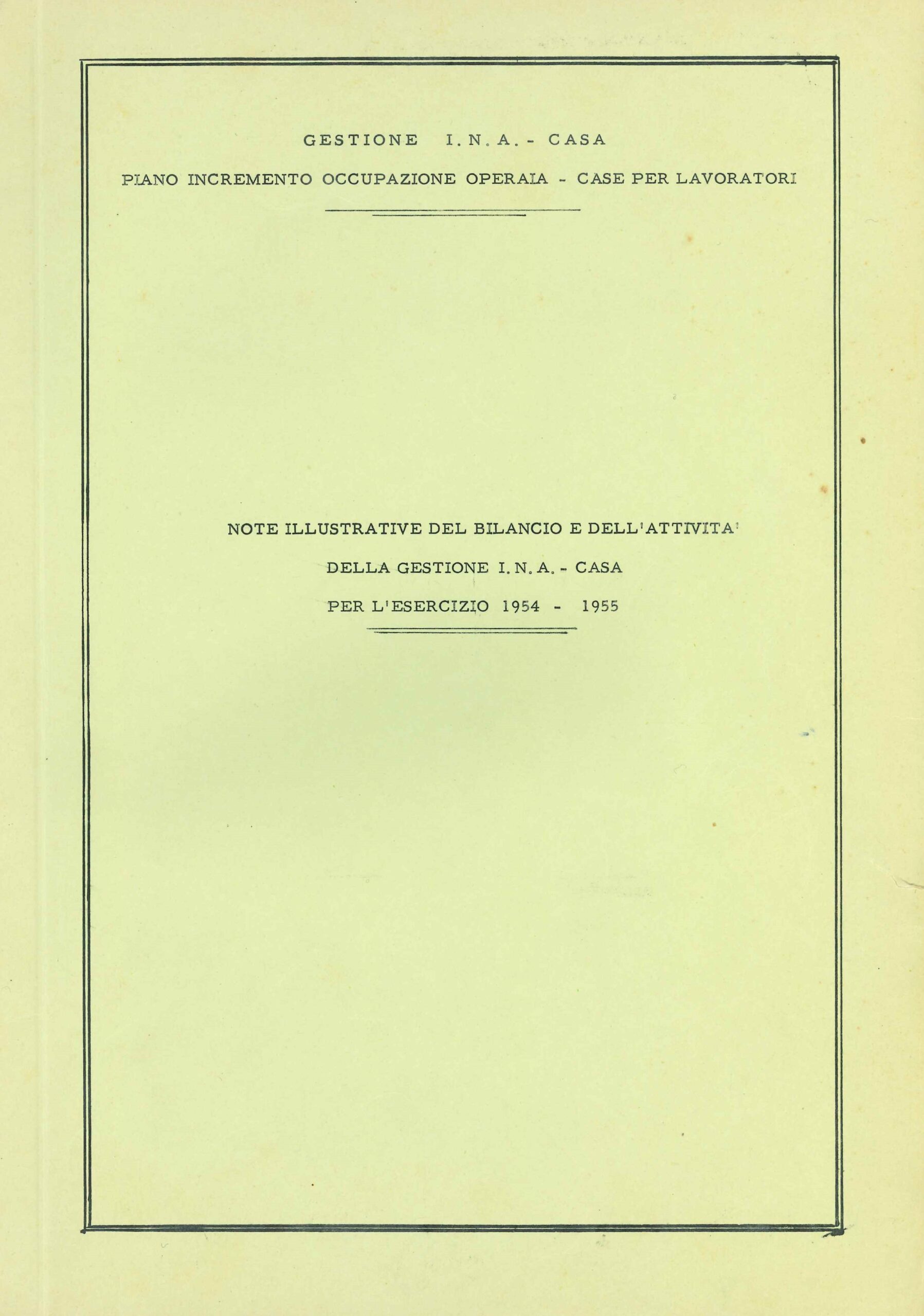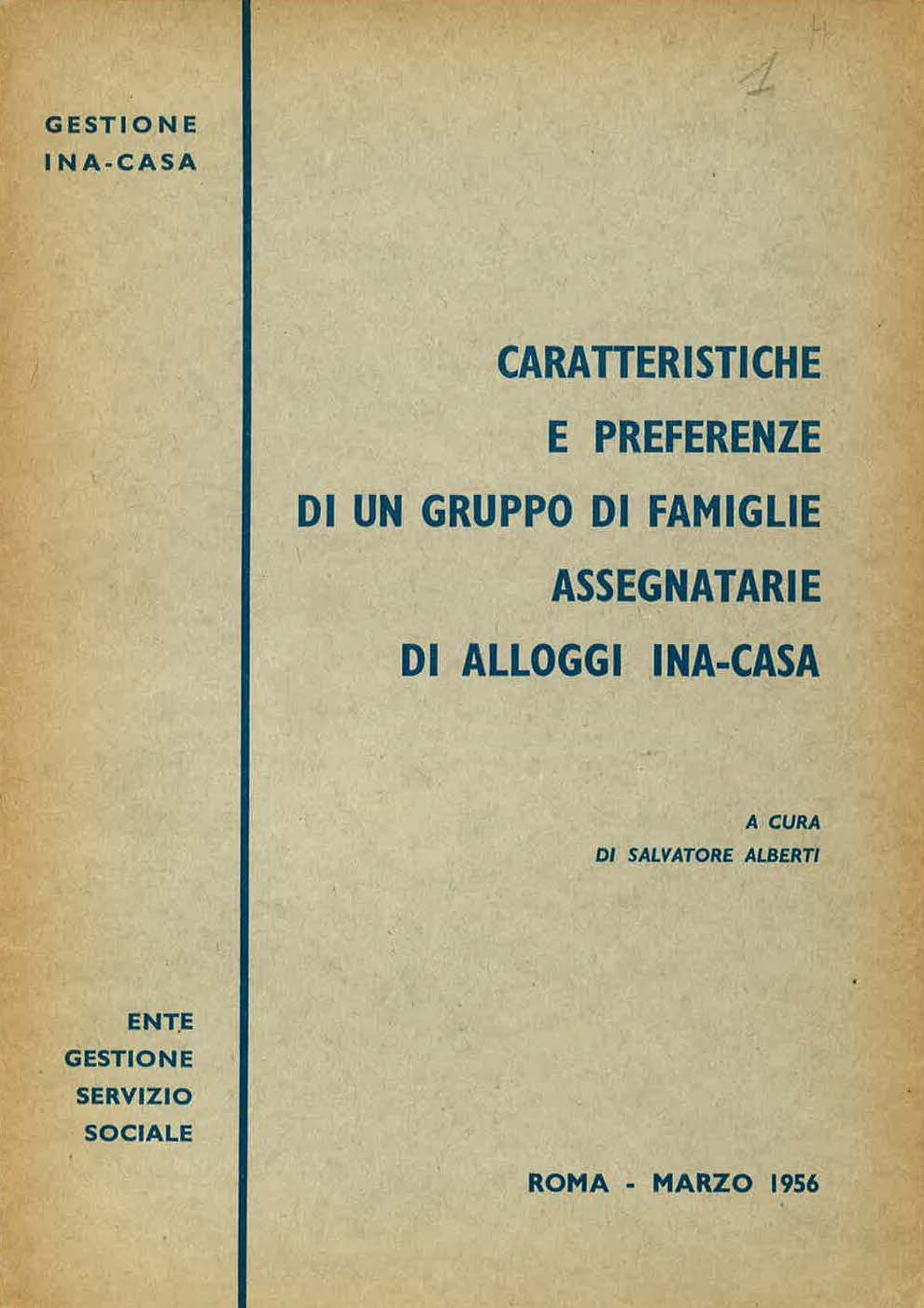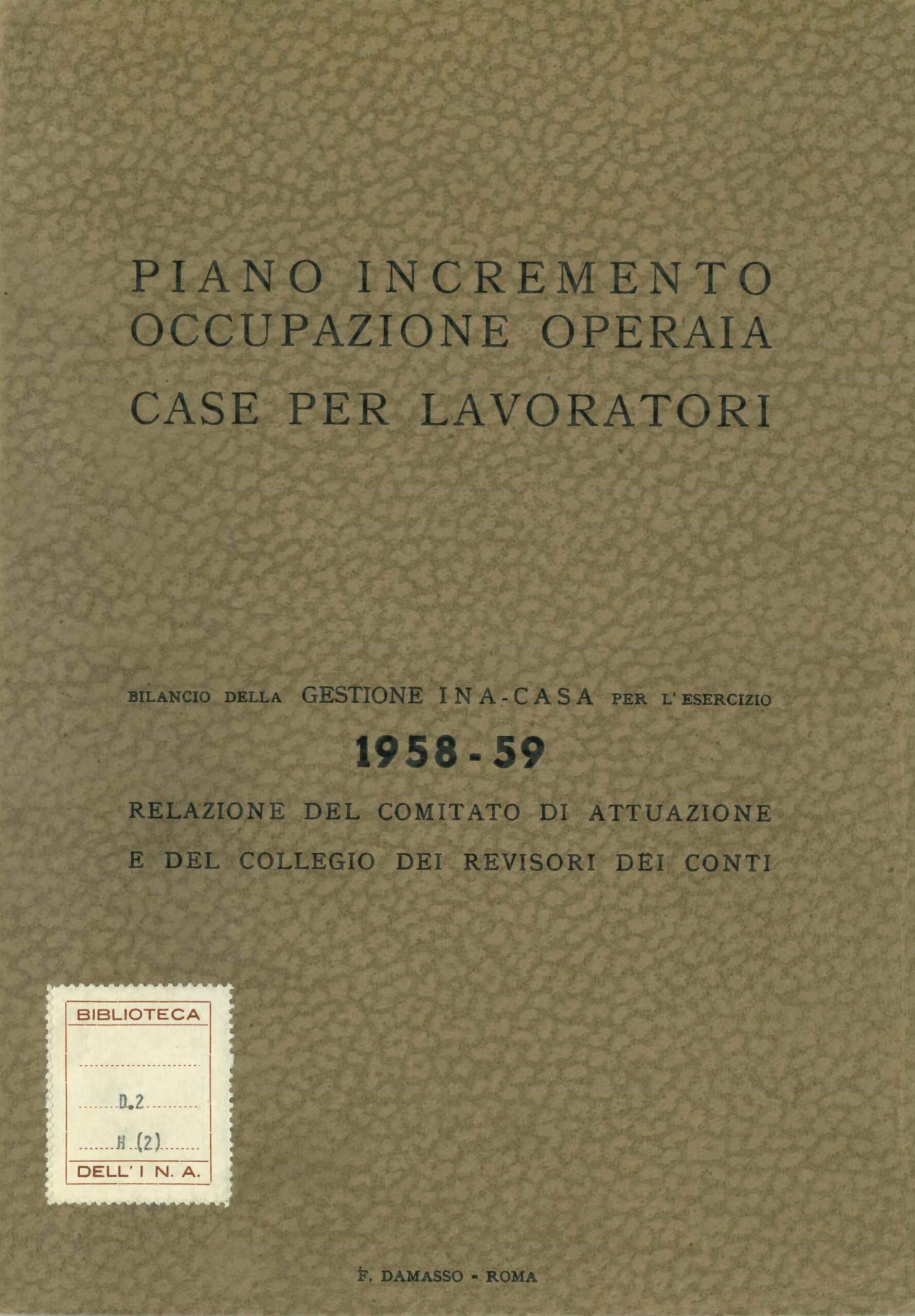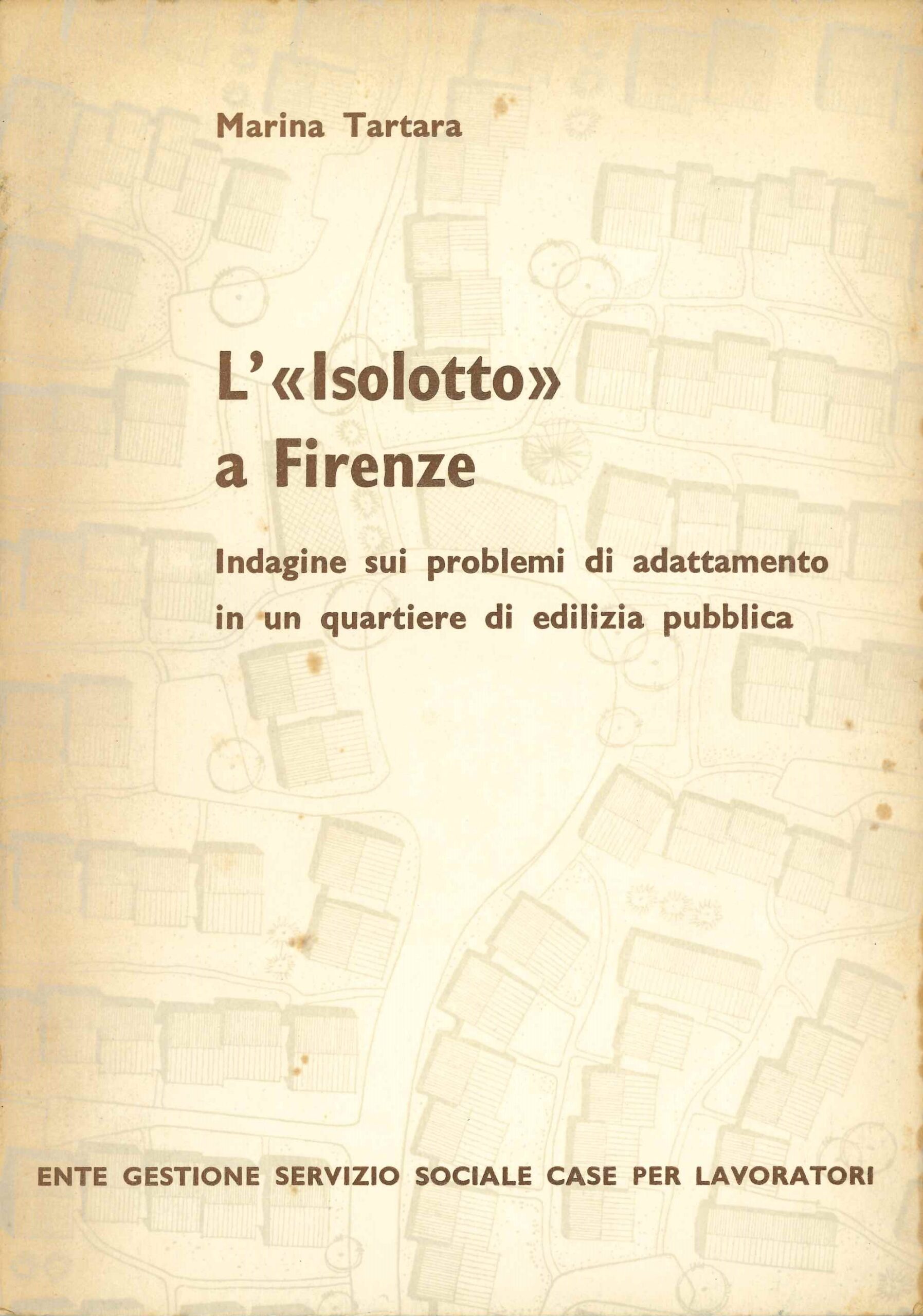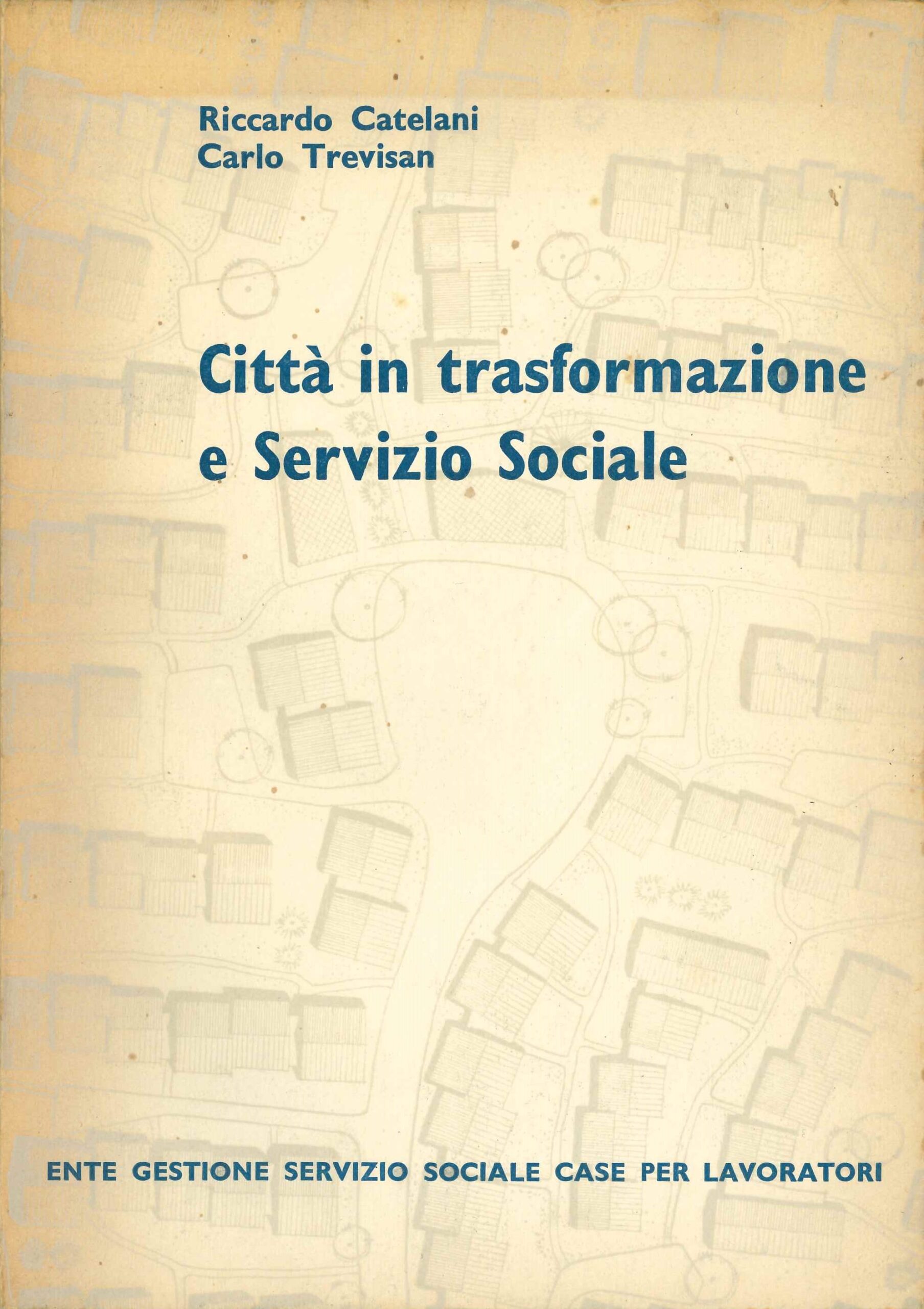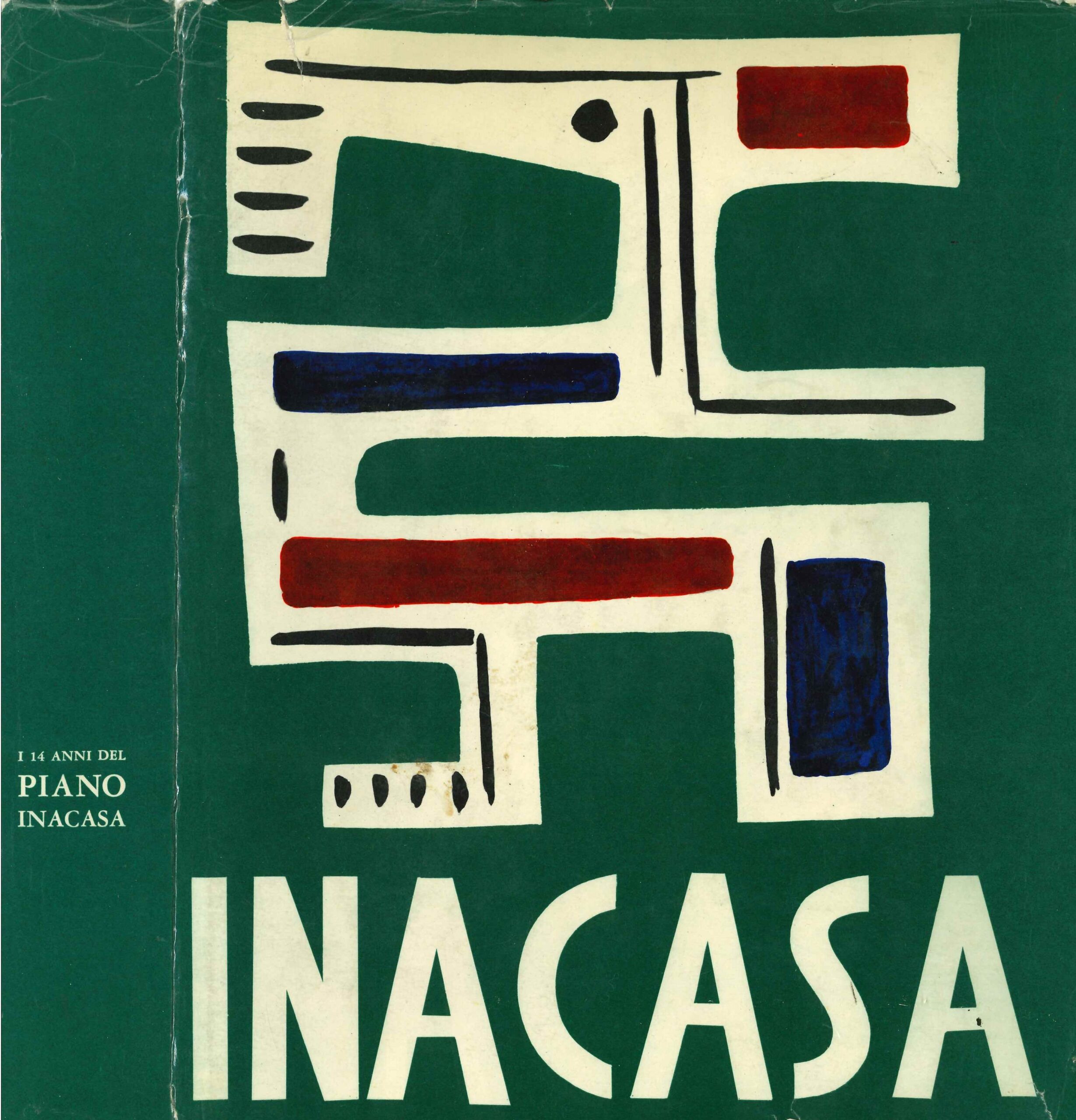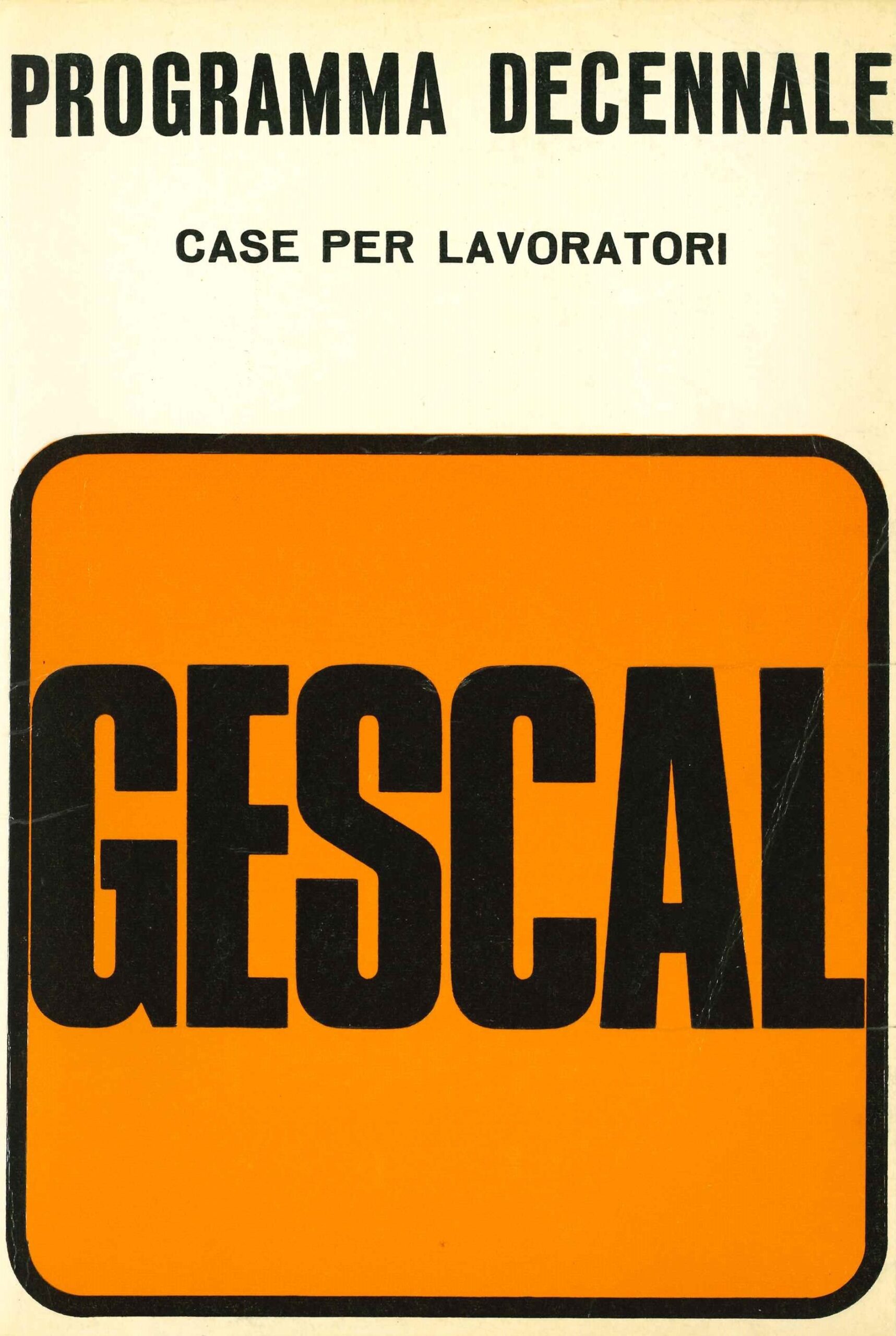INA-Casa and Case per Lavoratori (Gescal) Plans
07 December 2023
The INA-Casa Plan is, still today, a subject of significant interest, in part for its outstanding architectural creations and in part in recognition of its social and economic impact.
Many researchers reach out to the team at the INA Assitalia Historical Archive regarding the documentation relating to the INA-Casa Plan, also known as the Fanfani Plan after the minister of labour who introduced it. Despite being established under the INA in 1949, the plan was an autonomous organisation with an independent structure. The risk of confusion between the two organisations was evident from the moment the INA-Casa Plan was implemented. Its first budget stated as follows: “the two registered names, INA and INA-Casa, may lead one to suppose that they are a single entity, while INA-Casa has been set out in law as an entity with its own juridical standing, which avails itself of the INA as an instrument for the fulfilment of certain functions.”
Researchers, as well as those looking for documents for practical purposes, note the difficulty in tracing technical materials relating to the buildings and complexes constructed under the INA-Casa Plan. This difficulty is further increased by its decentralised structure, which means that in the majority of cases, the actual construction of the buildings was carried out by subcontracted entities: administrations, public entities (often no longer in existence, such as the INCIS), private companies, construction firms and cooperative consortiums. It is not unusual to find INA-Casa buildings today about which almost nothing is known.
This database has therefore been established to guide this research, as well as to provide data to researchers interested in the INA-Casa Plan’s social and economic impact. On the one hand, it provides researchers with documents produced under the plan itself, as well as its successor, Gescal (the ten-year plan for Housing Management for Workers) and by the Ente Gestione Servizio Sociale (EGSS), or Social Services Entity Plan: technical leaflets, informative booklets, budgets, communications, forms and posters. On the other hand are the volumes with historical texts about the INA-Casa Plan that can be found in the archive, including classics such as Beretta Anguissola’s I 14 anni del Piano INA-Casa (“14 Years of the INA-Casa Plan”) or the explanatory texts of Rosario Purpura (the materials of which included in the archive have been added to with materials produced by INA-Casa/Gescal or relating to INA-Casa, recovered by Assicurazioni Generali’s Heritage division in the antique market). The database is rounded off with a collection of booklets containing regulatory sources (laws and regulations).
